The Former French Concession (FFC) in Shanghai is a historic and charming area, famous for its tree-lined streets, European-style buildings, and vibrant culture. Once the most prosperous French concession in China, it remains a top choice for expats and visitors, blending old-world charm with modern lifestyle. Its rich history and beauty make it a must-see in Shanghai.
History
Established in 1849 after China’s defeat in the Opium Wars, the FFC was the earliest and largest French concession in China. It grew into Shanghai’s wealthiest residential area by the 1920s. The Chinese government reclaimed it in 1943, ending nearly 100 years of French control.
The FFC expanded over time, covering parts of modern Xuhui and Luwan. It had its own laws, restricting Chinese residents. In the 1920s-30s, it attracted artists, intellectuals, and Western settlers, including Russians fleeing revolution. Opium and gambling thrived then.
After Japan invaded in 1937, many residents fled. Post-WWII, foreign concessions closed. Post-1949, foreign firms left but returned in the 1980s. Today, the FFC remains a historic, cultural hub in Shanghai.
Attraction in French Concession
Geographically speaking, the Shanghai French Concession covers a vast area, stretching about 8 kilometers in width and extending west from the Bund. Due to its enormous size, it’s impossible to explore every corner. Here are the attractions I consider most worth visiting.
Tianzifang

Tianzifang is a vibrant shopping and entertainment district nestled in Shanghai’s former French Concession. Known for its narrow alleyways, traditional shikumen-style architecture, and eclectic mix of boutique shops, cafés, bars, and restaurants, it offers a lively blend of old and new.
Visitors can explore countless small stores and galleries selling handmade crafts, souvenirs, and trendy fashion items, then unwind at cozy cafés or dine at stylish eateries. A favorite among locals and tourists alike, Tianzifang embodies a unique fusion of historical charm and modern creativity, where Chinese and Western cultures seamlessly intertwine.
Explore Tian Zi Fang: Shanghai Art, Culture, and Charm
Wukang Lu
Wukang Road, a historic street dating back to 1907, as one of the city’s most iconic old streets, it carries deep artistic charm and has witnessed the glorious moments of many influential families and historical figures. Today, it has also become a hotspot for trendy photo spots, attracting countless visitors.
This road is famous for its beautiful trees and historic villas. Along the way, you’ll see plane trees whose branches arch over the street, forming a natural canopy. The old villas and residential compounds are among the main attractions here, mostly built in Spanish and French styles. These unique structures reflect the influence of foreign cultures during Shanghai’s prosperous era.
Hidden along Wukang Road are numerous stylish, creative, and delicious little shops. Popular cafés like Arabica, Peet’s Coffee, and The Cottage Bar are must-visits. Here, you can order a rich Spanish latte and enjoy a leisurely afternoon on a bench.
The road is also home to former residences of many famous Chinese figures, including literary master Ba Jin and revolutionary leader Huang Xing.
Wukang Road connects to other charming streets with similar characteristics, many of which are also worth exploring.
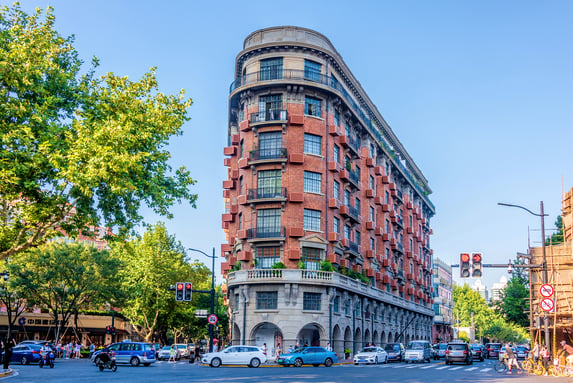
Fuxing Park
Fuxing Park is located at No. 105 Fuxing Middle Road. It is the only garden in Shanghai that retains the French classical style. The park is famous for its regular geometric layout, exquisite rose garden and dense sycamore avenue, and the scenery is pleasant in all seasons. There are leisure places, restaurants and clubs throughout the park. In the early morning, the park is crowded with dancers, card players, mahjong players, Tai Chi performers and singing groups. It is a good place for Shanghai citizens to relax and have fun.
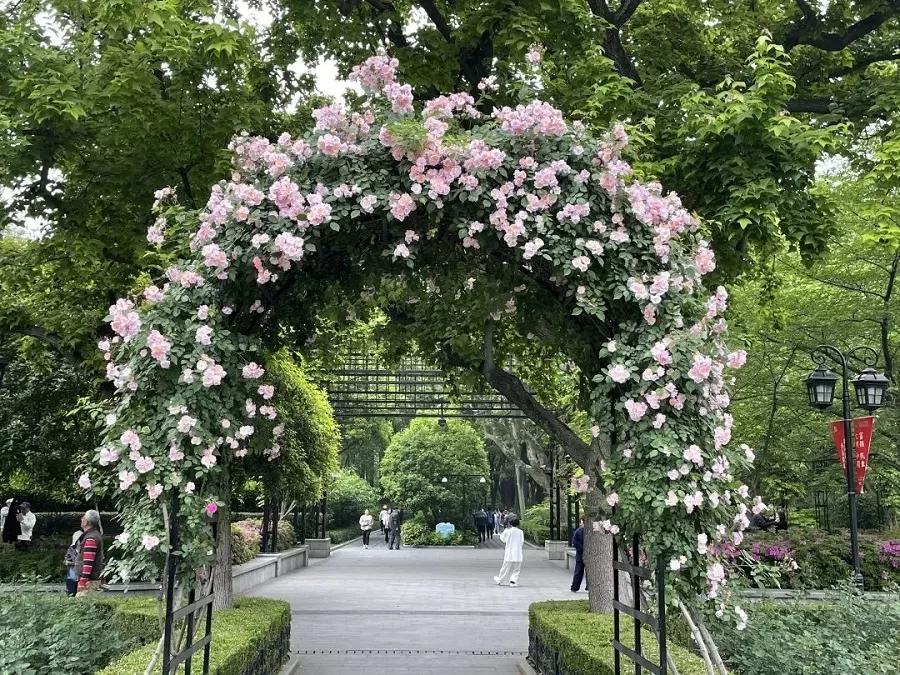
Huaihai Road
Huaihai Road, once known as Avenue Joffre, is one of Shanghai’s most famous shopping streets located in the former French Concession. With its elegant European-style buildings, luxury boutiques and international dining options, it offers a sophisticated shopping experience blending historic charm with modern style.
This vibrant boulevard also holds cultural significance, being home to attractions like the former residence of Soong Ching Ling, now a museum. As one of Shanghai’s premier commercial districts alongside Nanjing Road, Huaihai Road continues to attract visitors with its unique mix of history, fashion and cosmopolitan atmosphere.
If you are planning to go shopping and eating, Huaihai Middle Road must should be your first choice.
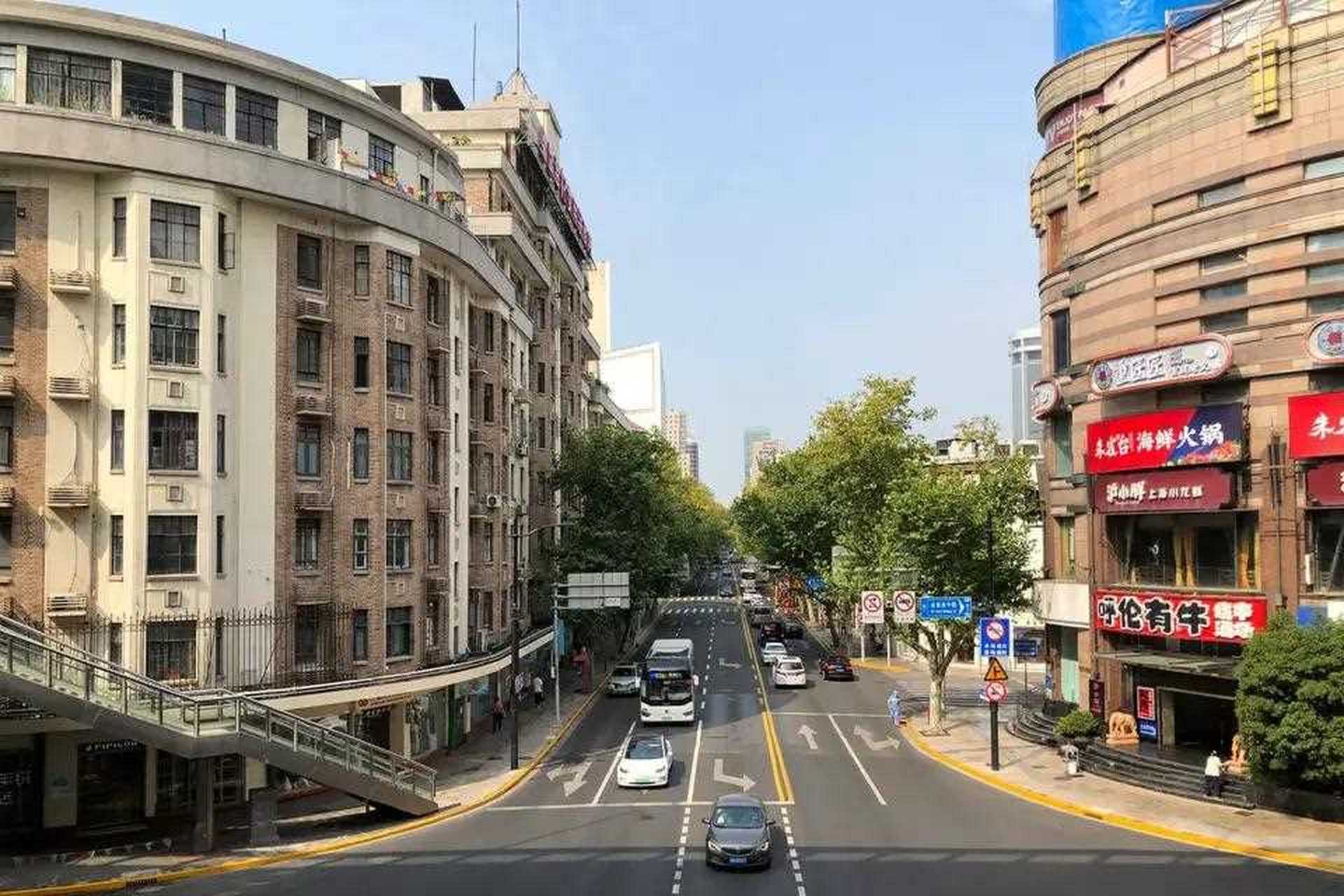
Xintiandi
Xintiandi is a vibrant pedestrian district in Shanghai’s former French Concession, blending historic shikumen architecture with modern design. This stylish area features upscale shops, trendy cafes, lively bars and diverse restaurants, creating a perfect mix of East-meets-West culture.
Known for its dynamic atmosphere, Xintiandi (“New Heaven and Earth”) offers excellent shopping by day and exciting nightlife after dark. Its unique charm, combining heritage buildings with contemporary lifestyle, makes it one of Shanghai’s most popular destinations for both locals and visitors.
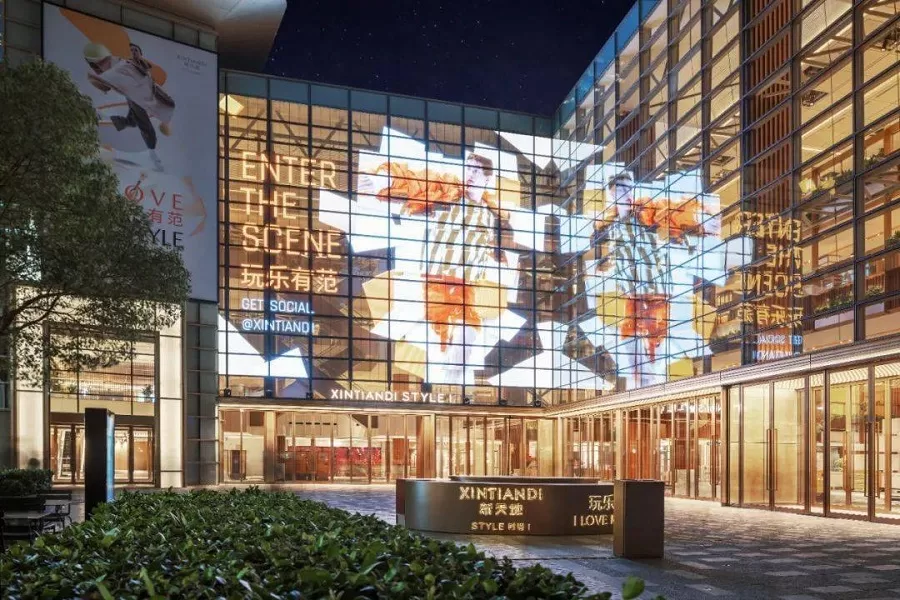
A Walking Tour Through the French Concession
This walking tour is about 3 kilometers and takes 5-6 hours, which gives you plenty of time for shopping and sightseeing.
Recommended route: Tianzifang – Shaoxing Road – Ruijin Hotel – Sinan Mansion – Sun Yat-sen’s Former Residence – Fuxing Park.
Let me introduce you to some attractions we haven’t mentioned before.
Shaoxing Road
This “most artistic road in Shanghai” is only 500 meters long, but it really deserves the title. There is no noise and crowds brought by public transportation. There are only well-known magazines, publishing houses, specialty coffee shops and quiet and mysterious galleries. If you are also an artistic youth, come here to find an organization!

Ruijin Hotel
Tucked away in the heart of the city, Ruijin Hotel is a hidden gem for photography enthusiasts. With its elegant red-brick walls and traditional dark-tiled roofs, serene wooded paths, and lush green lawns adorned with French-style garden fountains, it transports visitors back to the golden age of early 20th-century Shanghai.
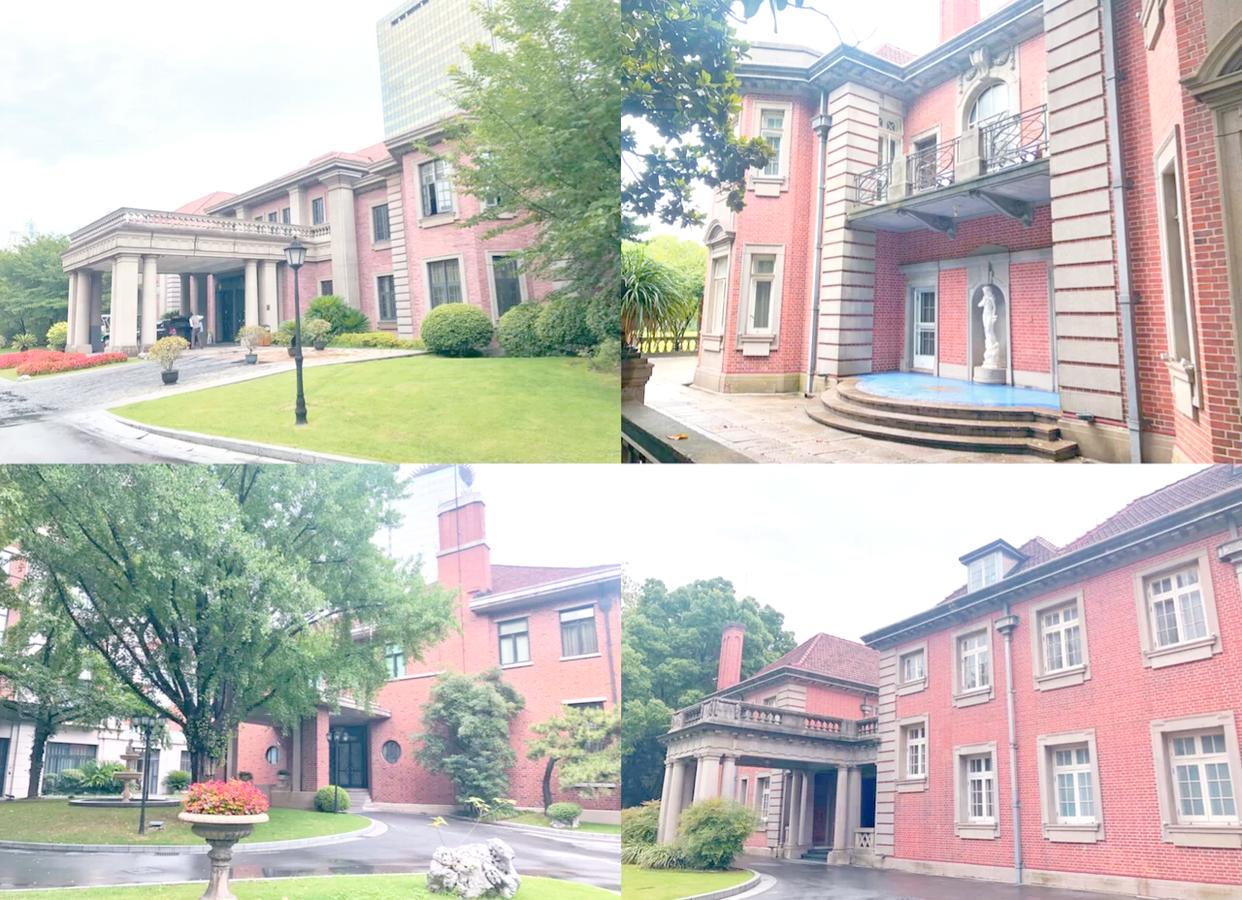
Sinan Mansion
Sinan Mansions is a perfect blend of culture, history, and modern style – truly a “museum of garden villas.” This area brings together 51 historic garden houses of all types: stand-alone villas, terraced houses, courtyard villas, townhouses, veranda-style buildings, garden lane houses, and modern apartments. For architecture lovers, it’s an absolute must-see. If you want to take a break from your trip, you can have lunch near Sinan Mansions.
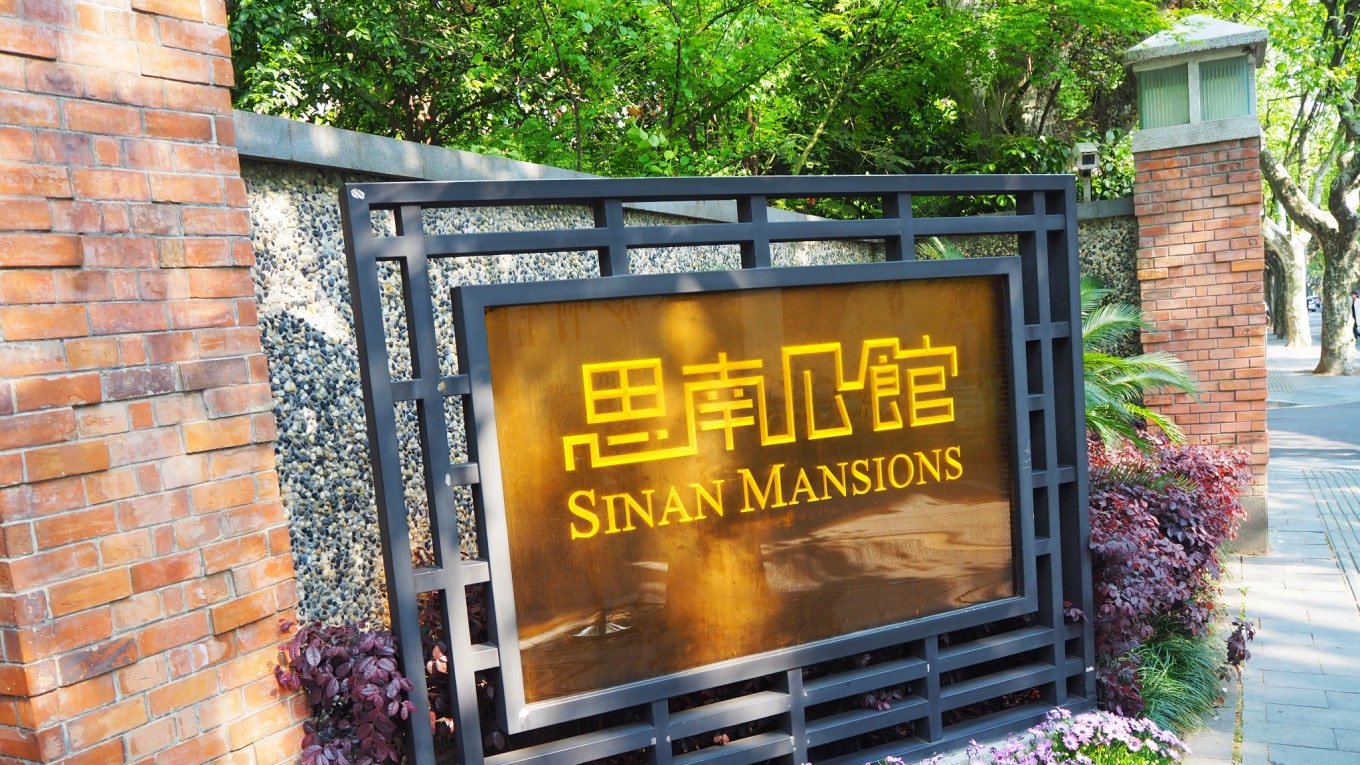
Sun Yat-sen’s Former Residence
Sun Yat-sen’s former residence is located at No. 7 Xiangshan Road. It is the only residence shared by Sun Yat-sen and Soong Ching Ling. It is a small European country-style house. Sun Yat-sen Museum is adjacent to Sun Yat-sen’s former residence. It was rebuilt from a European-style house. The museum has three floors and eight exhibition areas with an exhibition area of more than 700 square meters. It exhibits more than 300 cultural relics, handwritings and materials.
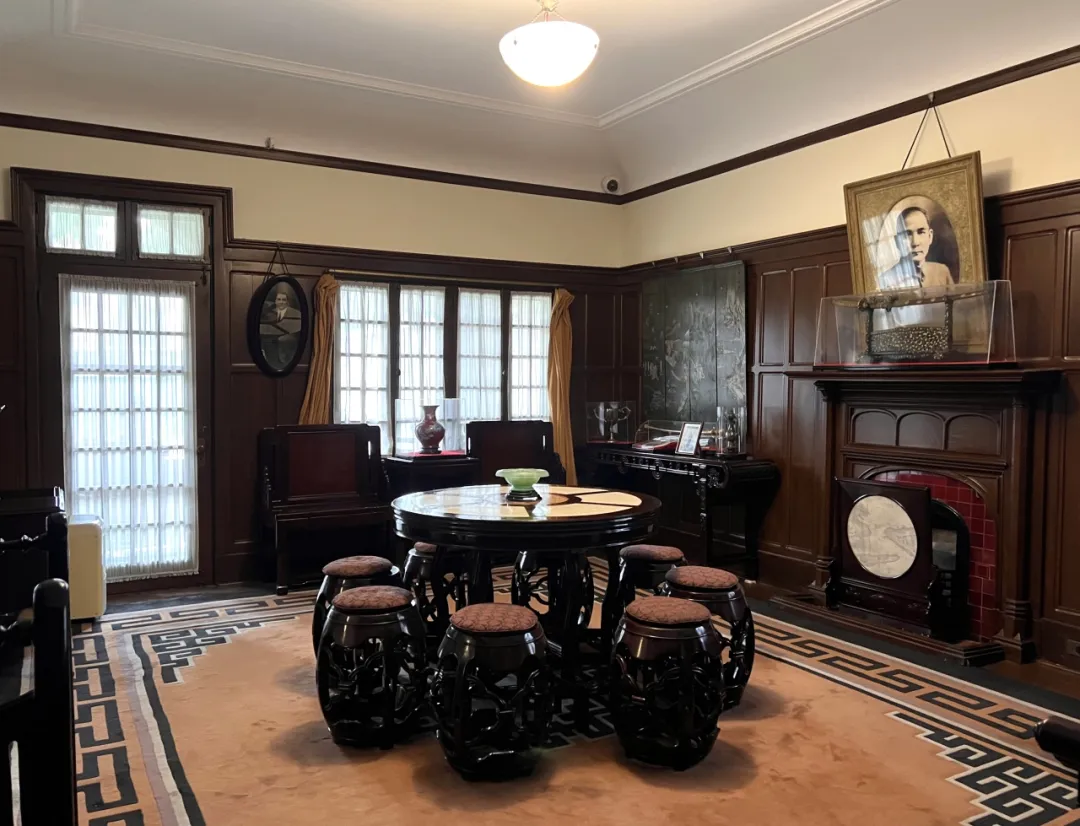
Food & Drink
Shanghai’s former French Concession is a vibrant and diverse dining scene that brings together traditional Chinese and international cuisines. Visitors can enjoy a wide range of dining options, from high-end restaurants serving French and European cuisine to trendy cafes and street vendors offering local specialties such as xiaolongbao, scallion pancakes, and bubble tea. The area is also known for its lively nightlife, with bars, clubs, and lounges catering to all tastes and preferences.
How to Get to the Former French Concession Shanghai
- Take the metro line 10 or line 13, and get off at Xintiandi Station.
- Take the metro line 13, get off at Middle Huaihai Road Station
- Take the metro line 1, line 9, or line 11, and get off at Xujiahui Station.